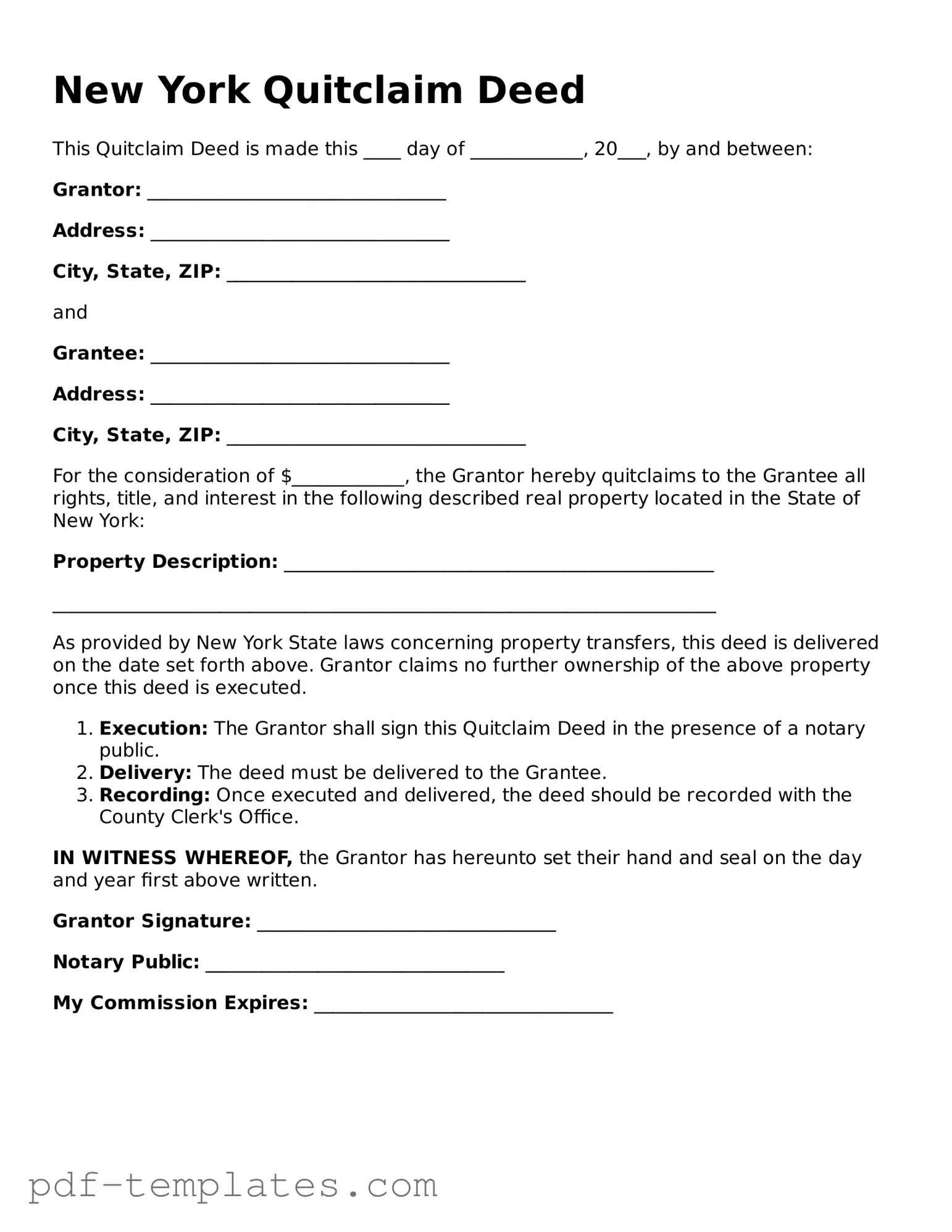A warranty deed is similar to a quitclaim deed in that both are used to transfer property ownership. However, a warranty deed provides a guarantee that the seller holds clear title to the property and has the right to sell it. This means that if any issues arise regarding the title, the seller is responsible for resolving them. In contrast, a quitclaim deed makes no such guarantees, leaving the buyer with less protection against potential title problems.
A special warranty deed also shares similarities with a quitclaim deed. Like a quitclaim deed, a special warranty deed transfers ownership without warranties against title defects. However, the key difference lies in the seller's assurances. A special warranty deed guarantees that the seller has not caused any title issues during their ownership, while a quitclaim deed offers no such assurances.
A bargain and sale deed is another document that resembles a quitclaim deed. This type of deed conveys property ownership but does not guarantee a clear title. Unlike a quitclaim deed, a bargain and sale deed implies that the seller has some interest in the property. It may be used in transactions where the seller cannot provide full title guarantees, similar to a quitclaim deed's limitations.
A deed in lieu of foreclosure is similar in purpose to a quitclaim deed, as both involve the transfer of property ownership. In a deed in lieu of foreclosure, a homeowner voluntarily transfers their property to the lender to avoid foreclosure. This document allows the lender to take ownership of the property without going through the foreclosure process, much like how a quitclaim deed allows for a quick transfer of ownership without warranties.
A transfer on death deed (TOD) is another document that shares some characteristics with a quitclaim deed. A TOD allows an individual to transfer property to a beneficiary upon their death without going through probate. While a quitclaim deed is used during the owner's lifetime, both documents facilitate the transfer of property ownership without the need for a formal sale process.
To protect themselves from potential liabilities in property transactions, individuals and entities often utilize a Hold Harmless Agreement form. This document helps clarify the responsibilities of each party and shields them from claims stemming from the actions of others involved in the agreement. For those seeking a way to safeguard their interests, you can download the form in pdf to ensure a clear understanding and peace of mind in your dealings.
An executor's deed is similar to a quitclaim deed in that it is used to transfer property after the owner has passed away. When a property owner dies, the executor of their estate can use an executor's deed to transfer property to heirs or beneficiaries. Like a quitclaim deed, an executor's deed does not provide warranties regarding the title, reflecting the same limitations in protecting the new owner.
Finally, a leasehold deed can also be compared to a quitclaim deed. A leasehold deed conveys the rights to a property for a specific period, similar to how a quitclaim deed transfers ownership. However, a leasehold deed does not transfer full ownership rights; instead, it grants temporary rights to use the property. Both documents facilitate property transactions but differ in the extent of rights transferred.
